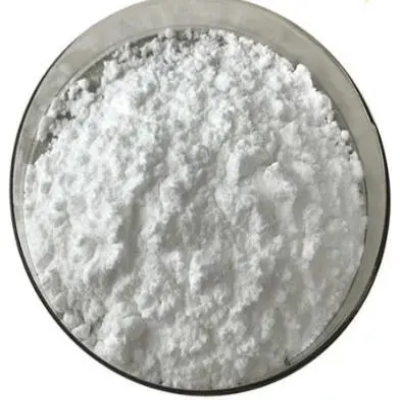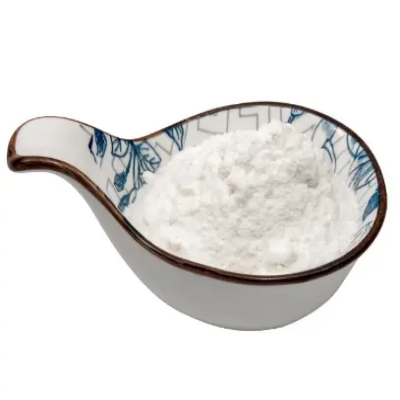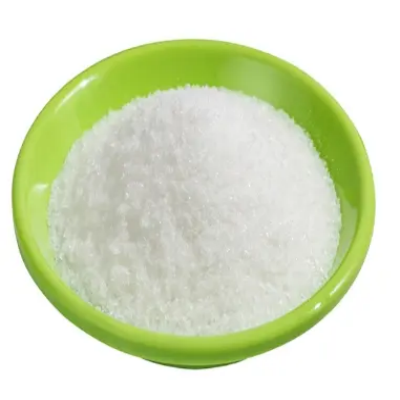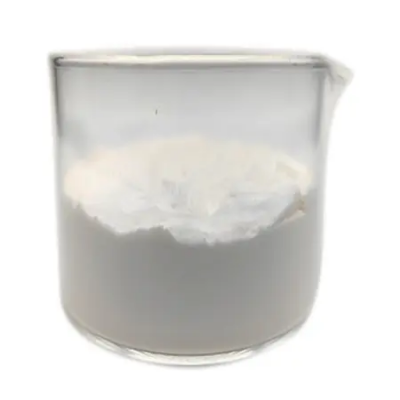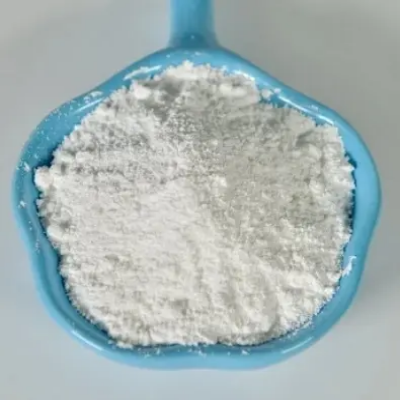1-(4-Nitrophenyl)piperazine CAS:6269-89-2
1-(4-Nitrophenyl)piperazine finds extensive use in pharmaceutical and research applications. One significant application of this compound is in the synthesis of pharmaceutical drugs. It acts as a key intermediate for the preparation of various therapeutic agents. By incorporating 1-(4-Nitrophenyl)piperazine into drug synthesis, chemists can introduce specific functionalities or structural modifications, imparting desired pharmacological properties. This compound is particularly useful in the development of antihistamines, antipsychotics, and antimicrobial agents. Moreover, 1-(4-Nitrophenyl)piperazine serves as a versatile building block in the synthesis of research compounds. It is utilized in the creation of novel compounds for biological studies and drug discovery programs. The nitro group in the molecule provides opportunities for further synthetic manipulations, enabling the introduction of diverse functional groups. Researchers can modify 1-(4-Nitrophenyl)piperazine to develop analogs that target specific receptors or enzymes, aiding in studying biological pathways and potential therapeutic interventions. Additionally, this compound plays a role in the field of medicinal chemistry. Medicinal chemists utilize 1-(4-Nitrophenyl)piperazine to explore structure-activity relationships (SAR) by modifying its structure and evaluating the resulting biological activities. By systematically altering the functional groups attached to the piperazine core, researchers can gain insights into the interactions between molecules and their biological targets. These SAR studies facilitate the optimization of lead compounds and the development of more potent and selective drugs. Furthermore, 1-(4-Nitrophenyl)piperazine finds utility in chemical biology and bioconjugation research. The presence of the nitro group enables its use as a reactive handle for derivatization reactions. Chemists often functionalize 1-(4-Nitrophenyl)piperazine with various moieties to create probes or linkers for targeting specific biomolecules or facilitating site-selective bioconjugation strategies. These bioconjugates can be employed in imaging techniques, drug delivery systems, and understanding molecular interactions. When handling 1-(4-Nitrophenyl)piperazine, it is crucial to follow proper safety precautions. The compound should be stored in a cool, dry place, away from heat sources and incompatible substances. Personal protective equipment, including gloves and goggles, should be worn during handling to minimize direct contact. Adequate ventilation should also be ensured when working with this compound to prevent inhalation of potentially harmful fumes. In conclusion, 1-(4-Nitrophenyl)piperazine is a versatile compound widely used in pharmaceutical synthesis and research endeavors. Its role as an intermediate in drug synthesis, as well as its use in medicinal chemistry, chemical biology, and bioconjugation research, highlights its significance in advancing scientific knowledge and drug development. The compound's unique properties and reactivity make it valuable for organic chemists and researchers in various scientific and pharmaceutical disciplines.



| Composition | C10H13N3O2 |
| Assay | 99% |
| Appearance | white powder |
| CAS No. | 6269-89-2 |
| Packing | Small and bulk |
| Shelf Life | 2 years |
| Storage | Store in cool and dry area |
| Certification | ISO. |





